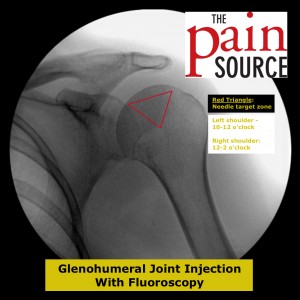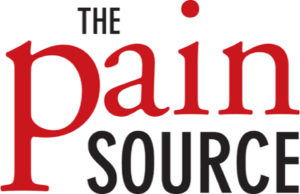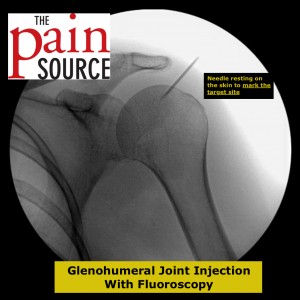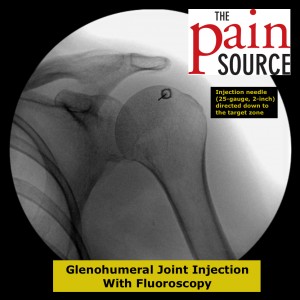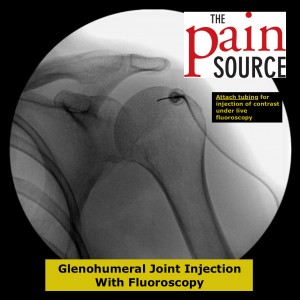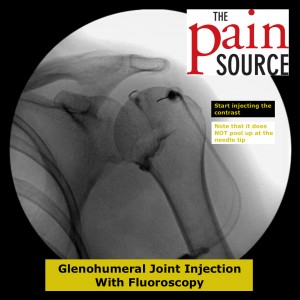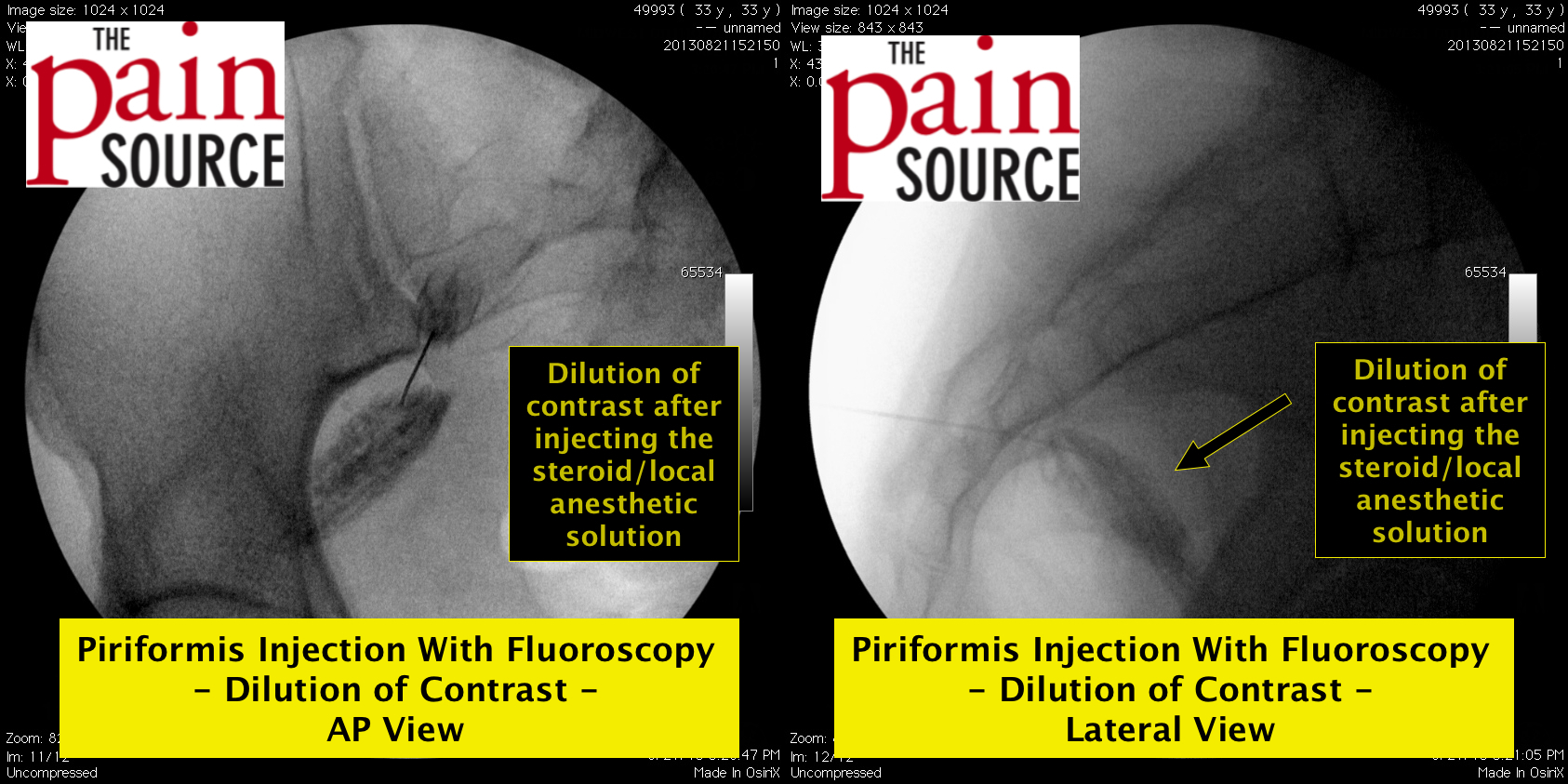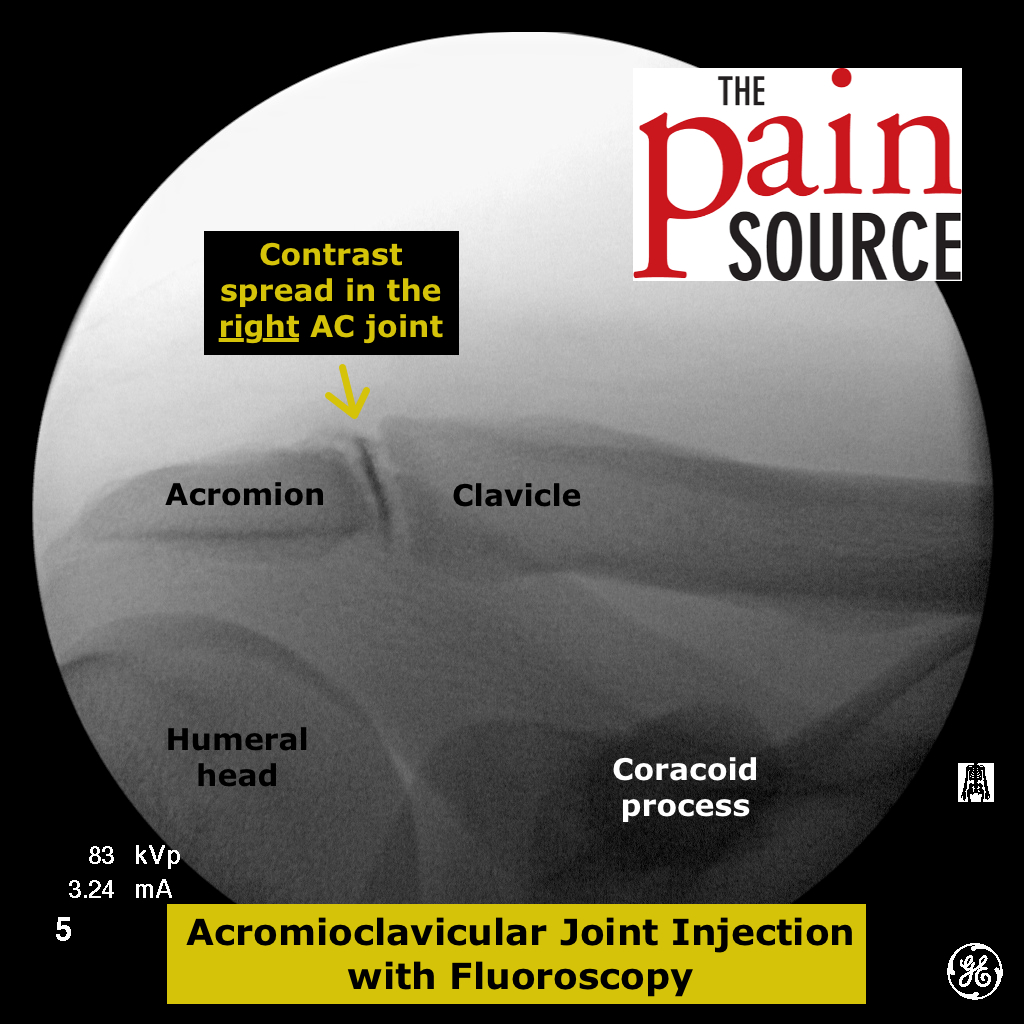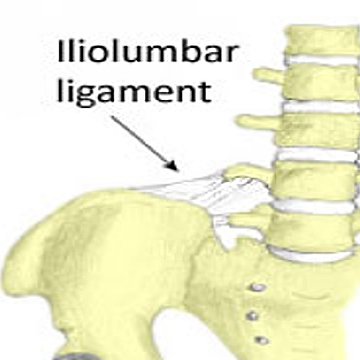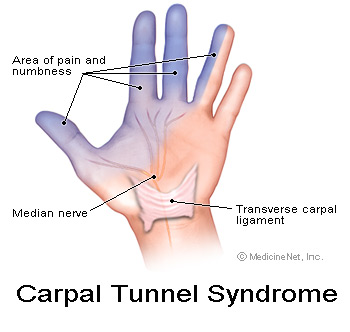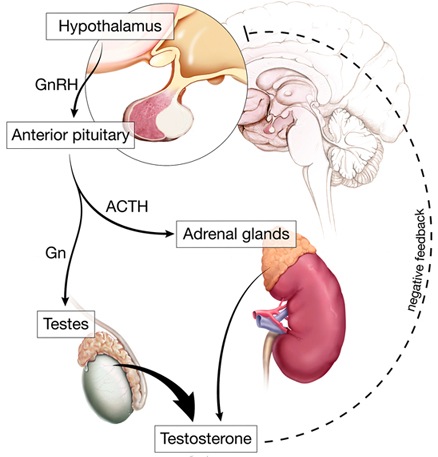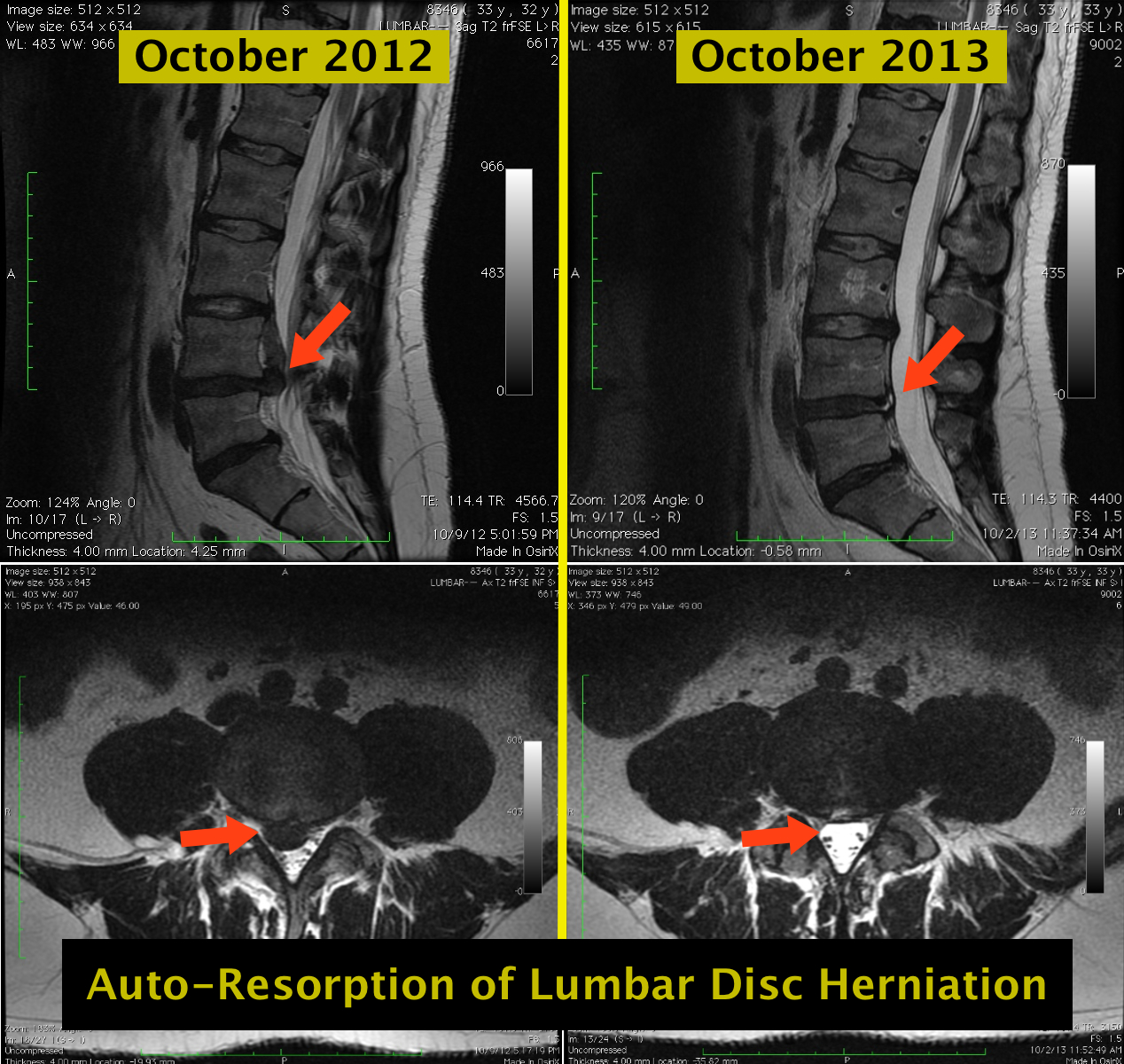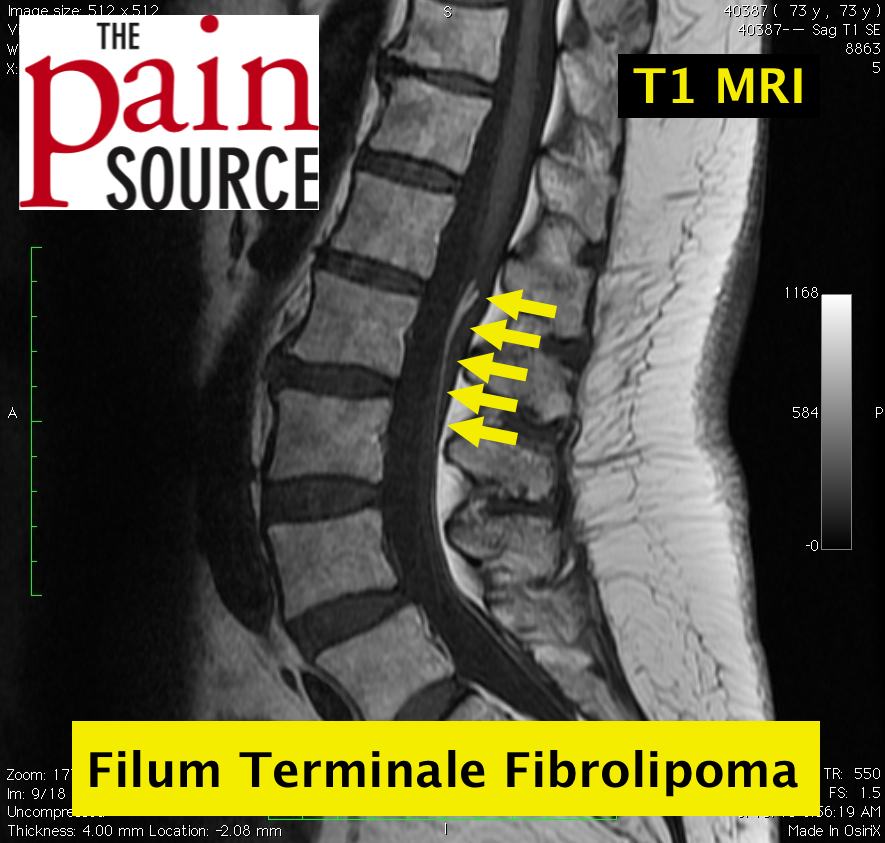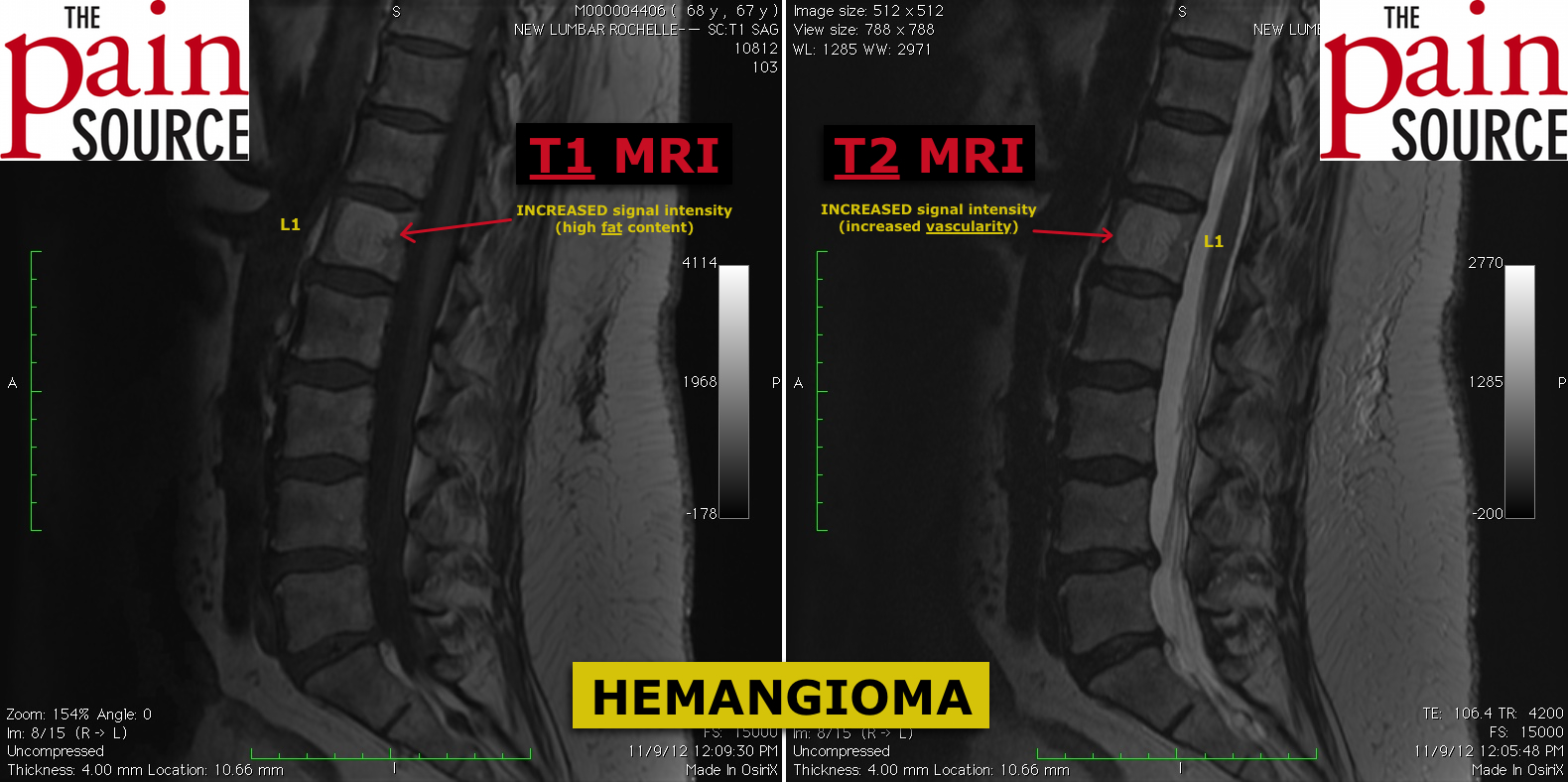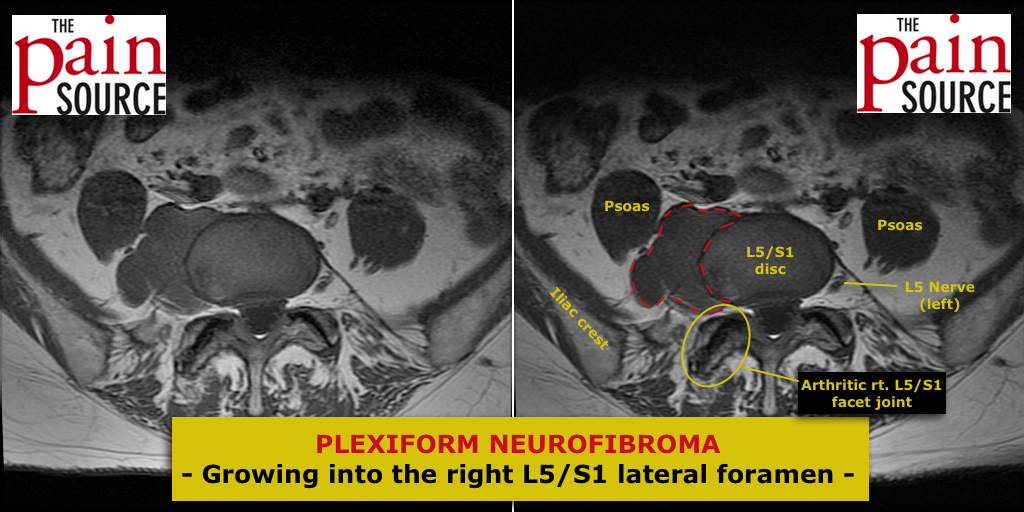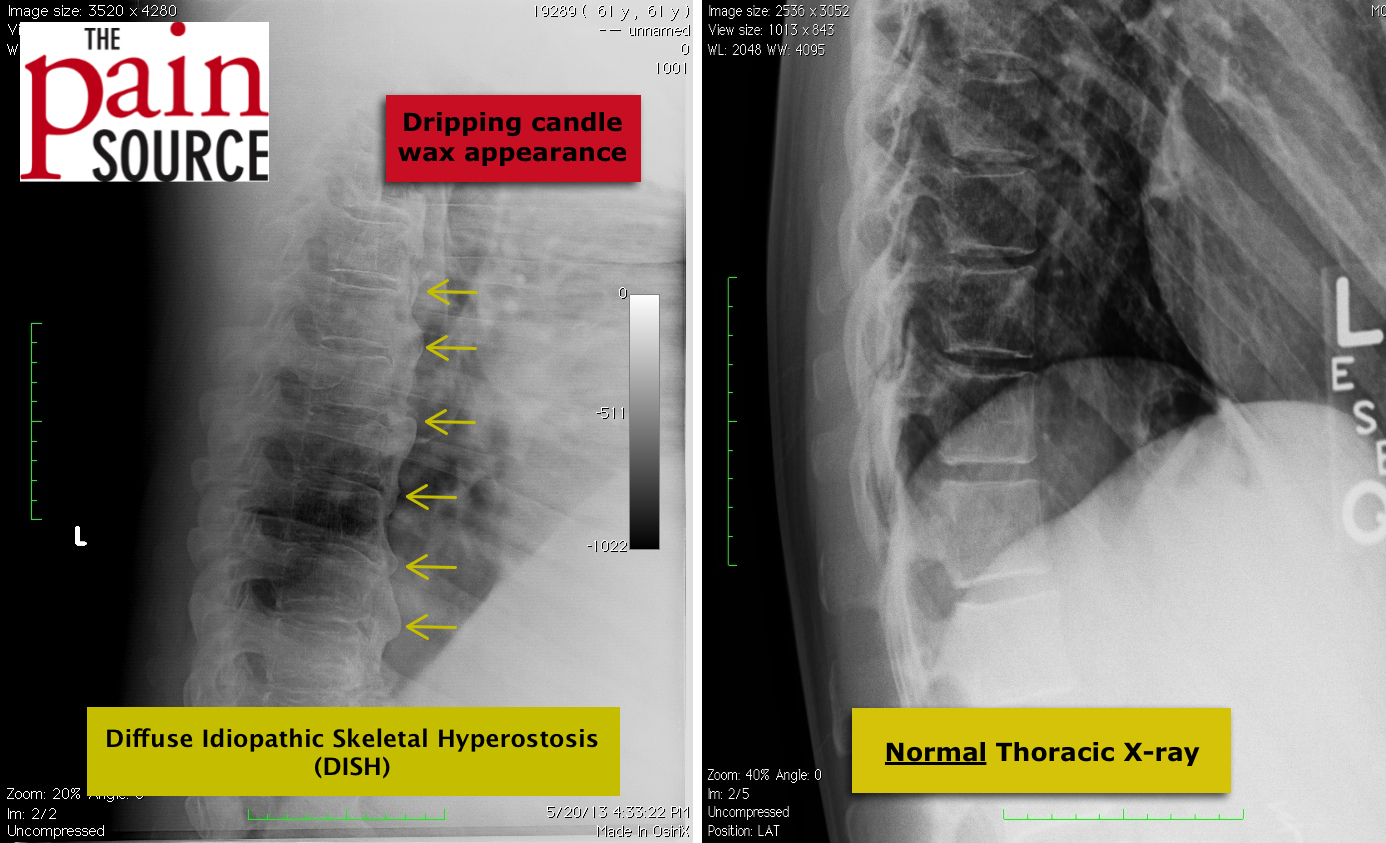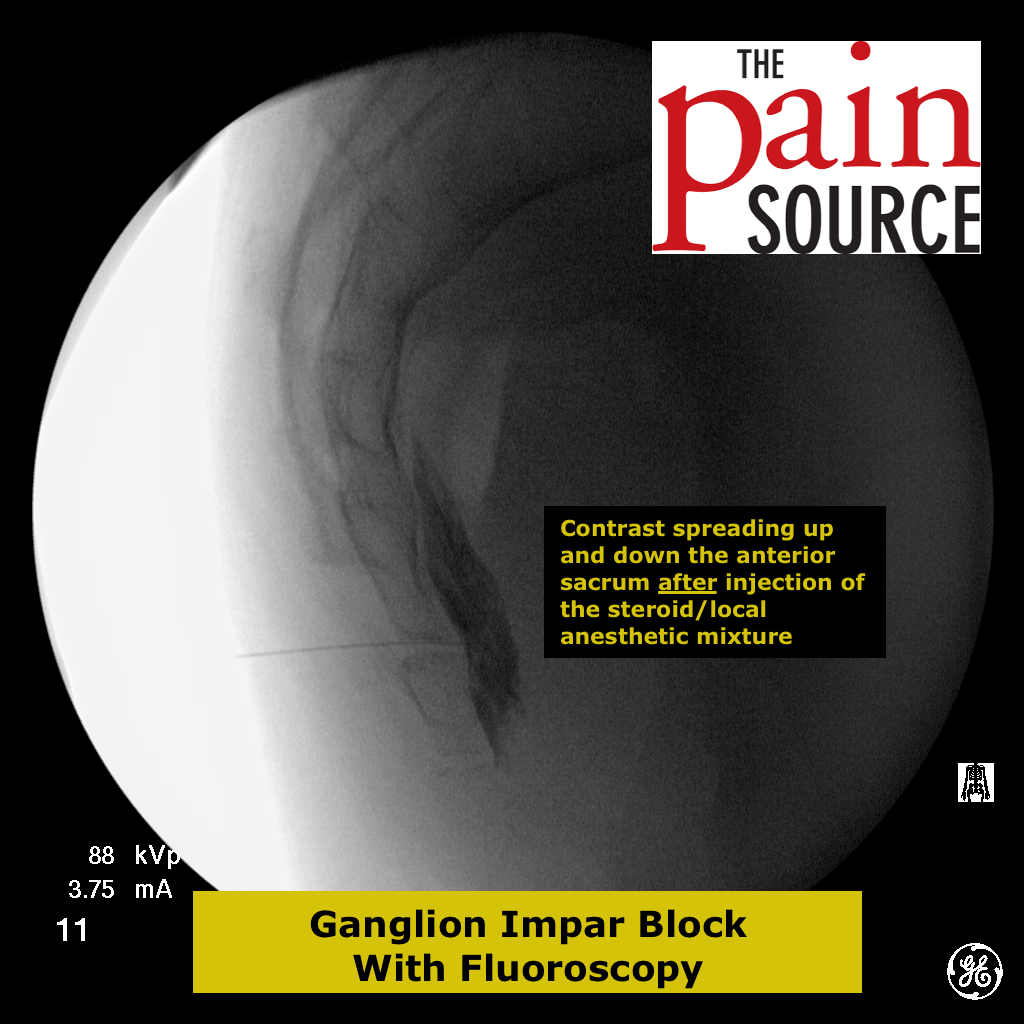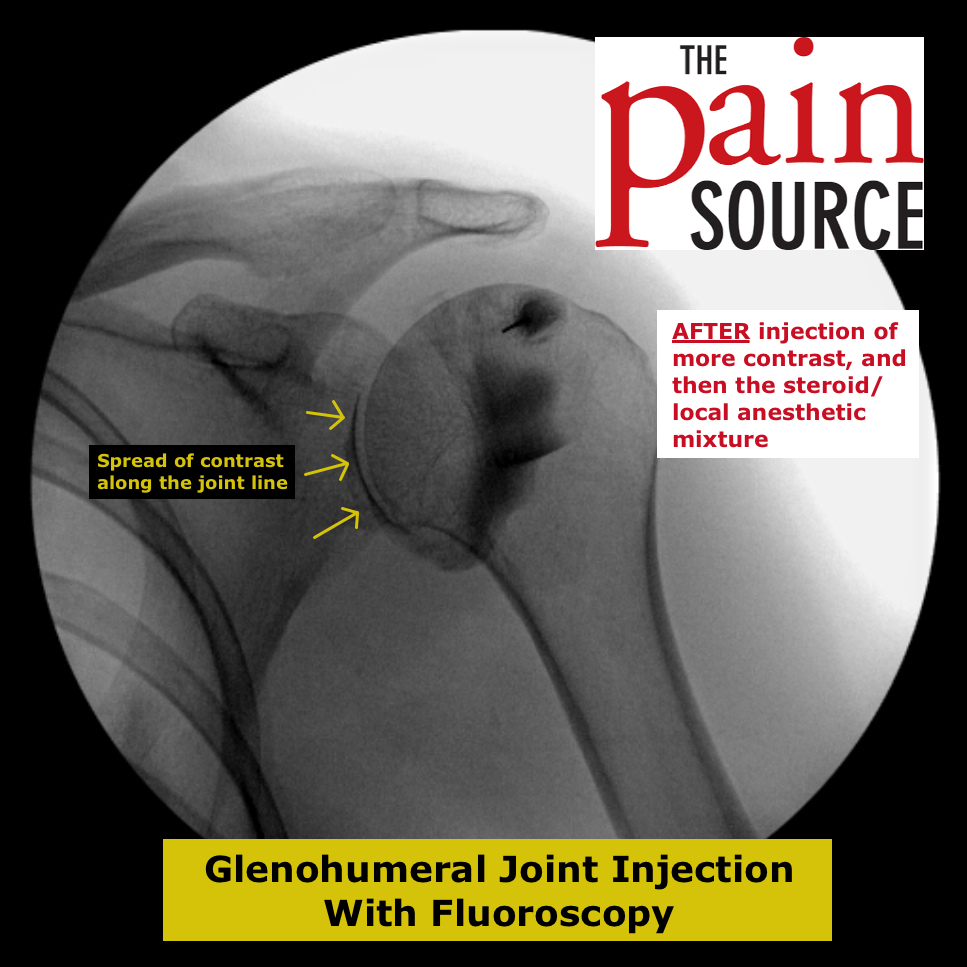
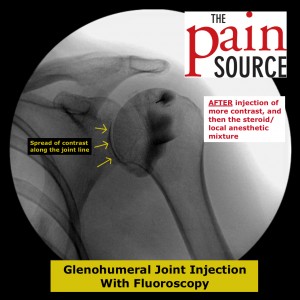
By Chris Faubel, M.D. —
Indications
- Glenohumeral Joint (Shoulder) Osteoarthritis and Pain
- ICD-9 code: 715.11 “Osteoarthrosis, localized, primary, shoulder region”
- ICD-10 code: M19.01 (M19.011, M19.012) “Primary osteoarthritis, shoulder” (right & left, respectively)
- Adhesive capsulitis (frozen shoulder)
- ICD-9 code: 726.0 “Adhesive capsulitis of shoulder”
- ICD-10 codes: M75.0 (M75.01, M75.02) “Adhesive capsulitis” (right & left, respectively)
- Shoulder Labral/Labrum Tear
- ICD-9 code: 840.7 “Superior glenoid labrum tear”
- ICD-10 code: S43.43 (S43.431, S43.432) “Superior glenoid labrum lesion” (right & left, respectively)
CPT codes:
- 20610 “Arthrocentesis, aspiration and/or injection; major joint or bursa”
- 77002 – Fluoroscopic guidance of a needle (non-spinal)
- Remember to bill for the J-codes for the contrast and steroid as well.
Patient Position
- Supine
 Materials Needed
Materials Needed
- Gloves – sterile
- ChloraPrep (3-ml)
- Band-aid – small, round
- Needles
- 25-gauge 2″ needle
- Syringes
- 5-ml plastic syringe (for the steroid/local mixture)
- 3-ml plastic syringe (for the Omnipaque contrast) – use with 6-inch micro-bore plastic tubing
- Injectate mixture
- 1-ml of 40mg/ml Depo-Medrol or Kenalog, or 7.2-mg of Celestone (6mg/ml)
- 3-ml of 1% lidocaine or 0.5% bupivacaine
- 1-ml of sterile normal saline
- For skin numbing: Will not need it if using the 25-gauge needle, but can use a tuberculin syringe with 2% lidocaine or ethyl chloride spray.
Tips
- Curve the needle tip slightly away from the opening of the needle. I feel this makes it easier to slip it under the shoulder joint capsule.
- If the contrast blobs up at the needle tip, adjust the needle.
- Do NOT try to enter the actual articulating surface of the humeral head and glenoid fossa. Not only will you possibly damage the cartilage, but it may be difficult to enter as the overhanging osteophytes from the arthritic joint are not calcified enough to show up on the x-ray.
- Add enough volume (5 or more milliliters) so the injectate will reach the articular surfaces.
- Test the shoulder afterward: Have the patient do Codman shoulder circles (bent-over shoulder movements without gravity) to spread the steroid/local mixture. Then have them test the shoulder against gravity to give a nice “awww” effect from the happy patient.
- Note: This exact same glenohumeral joint injection technique is used for performing both therapeutic steroid injections AND diagnostic arthrograms of the shoulder.
- Arthrograms: When injecting the contrast, look for spread under the acromion which would mean a full thickness tear in the rotator cuff.
VIDEO: Check out these videos showing the contrast being injected.
